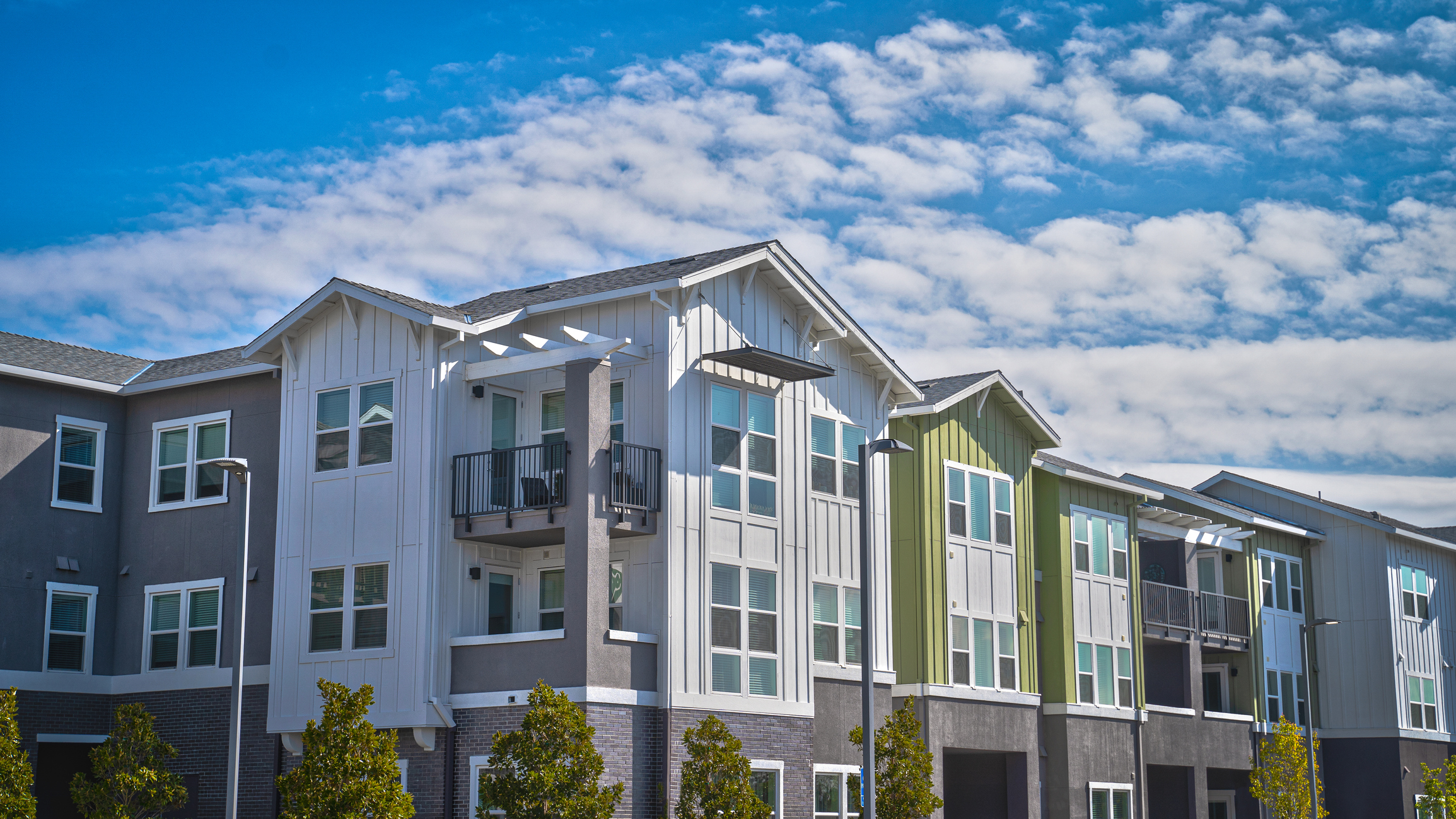Authored by Leah Cuffy, Director, Advocacy Research, at the National Apartment Association
America’s housing affordability crisis is a growing challenge, impacting millions of renters across cities nationwide. To better understand the financial impacts of rental regulations and better inform policymaking, the National Apartment Association (NAA) and the National Multifamily Housing Council (NMHC) co-sponsored two studies conducted by economists from MetroSight that provide data-driven insights for policymakers at all levels of government.
The first study, Behind the Cost of Rent, quantified how specific regulations increase the cost of operating housing. Building on this foundation, a new study, Regulation and Rents, examined whether these policies lead to higher rents. The findings are clear: Certain regulations lead to higher rents, particularly for lower-income renters and residents of smaller multifamily properties.
Deeper Dive: Key Findings
MetroSight’s analysis used two robust datasets, CoStar Group’s market level rent data (391 metros) and the U.S. Census Bureau’s American Community Survey (307 metros), to measure how rents changed over time in areas with and without these regulations. Both datasets produced consistent and statistically significant results. Key takeaways include:
- Source-of-income regulations increase rents by about 5 percent, or between $876 to $1,104 annually per unit.
- Just-cause eviction laws and right-to-counsel statues increase rents between 5.9 percent and 6.3% percent or about $1,092 to $1,224 annually per unit.
- Criminal and resident screening laws increase rents between 1.5 percent and 3.4 percent, or about $252 to $708 annually per unit.
Rent increases tied to these regulations disproportionately affect lower-income households.
Local Insights
Across the country, these well-intended regulations are having the opposite effect of what city leaders hope to achieve by adding hundreds and, in some cases, thousands of dollars annually to a renter’s housing costs.
In San Francisco, source-of-income laws alone can add up to $1,992 per unit to rent each year. In New York City, renters face an increase of $2,280 per unit annually due to just-cause eviction laws and right-to-counsel statues. Renters in Boston can experience rents rising as much as $1,164 per unit annually because of criminal and resident screening laws.
The impacts are clear, especially at the local level: These regulations unintentionally worsen housing affordability and hurt the very renters that they aim to help. When housing providers are faced with rising costs, including property taxes, maintenance and regulatory compliance expenses, they are forced to make tough decisions to ensure residents have a place to call home. These increased costs often lead to higher rents for residents.
Today’s Crisis Demands Sustainable Solutions
Housing affordability is undoubtedly one of the defining challenges of our time. The findings of this study make it clear that addressing this crisis will require deliberate policymaking with a focus on local, sustainable solutions that work best for our cities and communities. While increasing housing supply is one of the most effective long-term solution, we must also provide immediate support to renters and ensure that policies do not unintentionally exacerbate the problem.
Visit the NLC Strategic Partnerships page to learn more about the organizations like the National Apartment Association dedicated to making NLC the premier resource for local governments.
Reach Out
Connect with NAA’s April Capone and our network of 140 state and local affiliate partners that directly serve your city. We’re ready, trusted and willing to be your partner in housing solutions.






